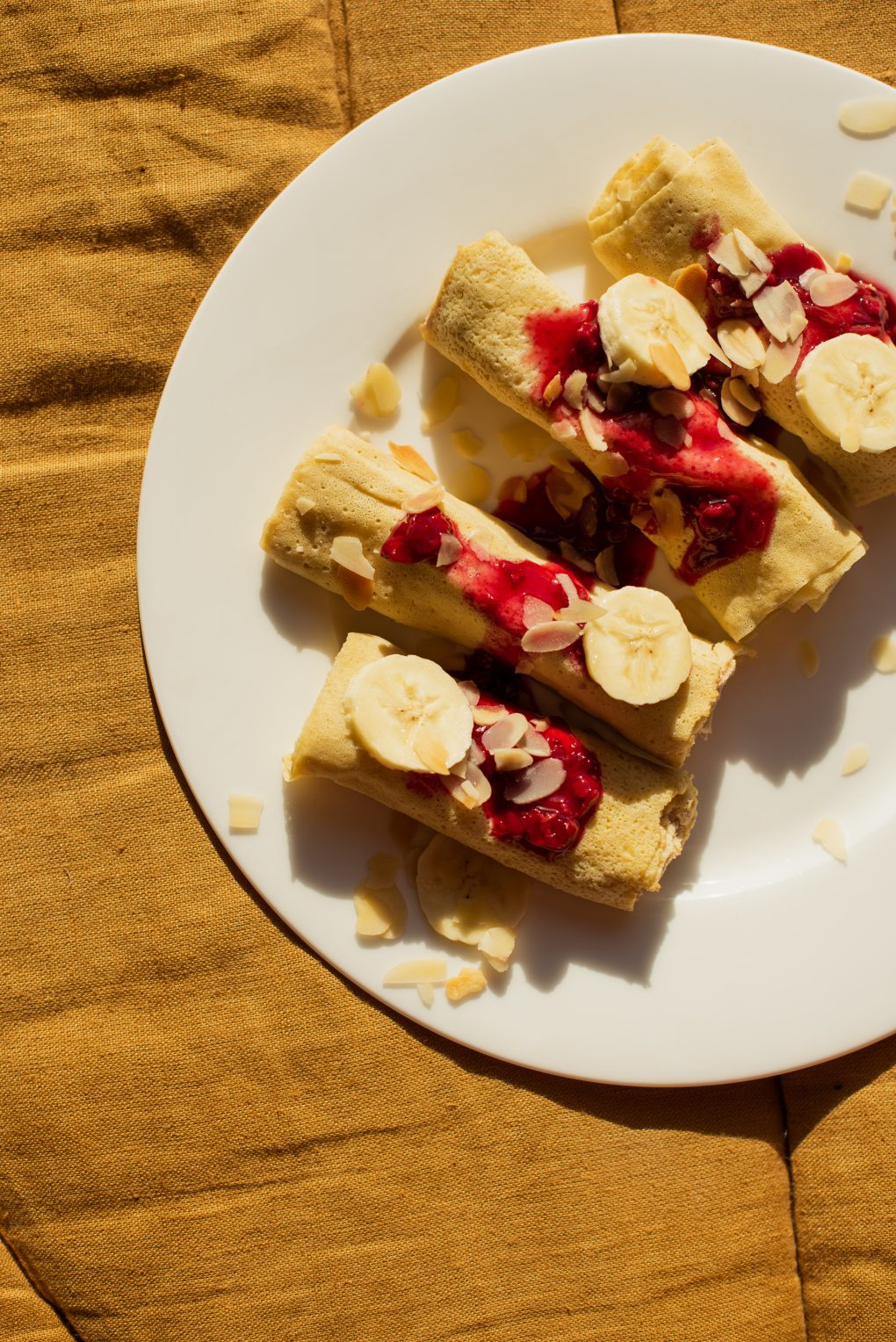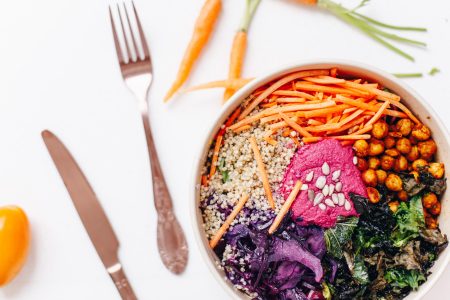
Wheat: How to Replace It?
Last week, as part of my ongoing POWER CHALLENGE blog, I wrote why I’ve been trying to exclude wheat from my diet. Today I would like to tell you how to do it: what to avoid and how to replace it so that your diet is still healthy, nutritious and tasty.
Wheat is ubiquitous and you can find it in a wide variety of products, therefore reading labels will always be a top priority when shopping. It will also be useful as we are building the habit of avoiding white sugar, which is added to lots of products we would not even expect (check out the last entry on white sugar).
What to eat instead of wheat?
Amaranth
Amaranth is one of the oldest cultivated plants in the world. It contains many valuable minerals, such as phosphorus, iron, calcium, potassium, and magnesium. A large amount of fiber helps clean the digestive tract and reduces cholesterol levels. It has anti-aging properties because it contains a lot of antioxidants.
Thanks to the high iron content it is recommended for the treatment of anemia and for pregnant women. It is also recommended in weight loss diets and for people who practice sports professionally. It perfectly complements protein in a vegetarian diet.
Millet groats
Millet is easy to digest so it is perfect for people who have problems with the liver, intestines or pancreas. It contains zinc, which is important for the regeneration of the body, and silicon which improves metabolism and is very important for athletes. Millet provides us with iron, calcium, potassium, and B vitamins. However, it is worth remembering that it has a relatively high glycemic index.

Quinoa
Quinoa, compared to other cereal products, has a very high content of valuable protein. It is the so-called complete protein, i.e. it contains all the necessary amino acids that are not synthesized in the human body and must be supplied with food. Therefore, it is a must-have item for anyone on a vegetarian or vegan diet! It also contains a number of other nutrients valuable for health, such as manganese, magnesium, calcium, iron, copper, and phosphorus. It is especially recommended for people with migraine headaches, diabetes, and atherosclerosis. Thanks to various color options, it will also make your meals look visually attractive.
Rice
Rice has a lot of valuable health properties. Boiled white rice shows antidiarrheal properties. Moreover, rice is generally well tolerated by our body. It does not cause flatulence and symptoms of gastrointestinal discomfort. Brown rice has a higher nutritional value than white rice. Due to the high content of fiber, brown rice effectively stimulates the work of our intestines, which helps to get rid of constipation. The hull is rich in a variety of nutrients, thanks to which brown rice can be effective in lowering cholesterol levels. It is also a product recommended for diabetics.
Rice is relatively high in calories. A cup of cooked rice typically provides about 150-200 calories. What’s more, white rice has a high glycemic index. That is why many of you give up eating it. Wrong! Scientists have shown that proper heat treatment can effectively reduce the glycemic index of rice through the process of developing resistant starch. This means that chilled, cooked rice will have a lower glycemic index. Remember, however, that cooked rice should not be stored for too long!
Which flour to choose?
- Rice flour — it is worth mixing it with potato flour, oat flour or buckwheat flour.
- Millet flour — great for crispy pastries. Unlike rice, it binds the dough well, but is often mixed with corn or potato flour.
- Buckwheat flour — it has a rather distinctive flavor, so it works best in savory recipes. It is best to use it to prepare bread, pasta or dumplings.
- Cornflour — the star of Mexican cuisine. It has a fairly grainy consistency, so for sweet pastries it is worth mixing it with, for example, rice flour.
- Oat flour — the best substitute for wheat flour, it resembles it the most. It also has more fiber than rice or millet flour.
- Almond flour — is a rich source of mono and polyunsaturated fatty acids. It also contains a lot of fiber. It’s good for biscuit recipes.
- Coconut flour — best for dry and brittle products. It is a good source of MCT fatty acids and fiber.
You can see for yourself that there are lots of alternatives to wheat. I am positive that if you diversify your diet, introduce new products, you will see the results! That is why I have prepared POWER CHALLENGE – so that we can introduce healthy changes together!










Comments No Comments
Join the discussion…